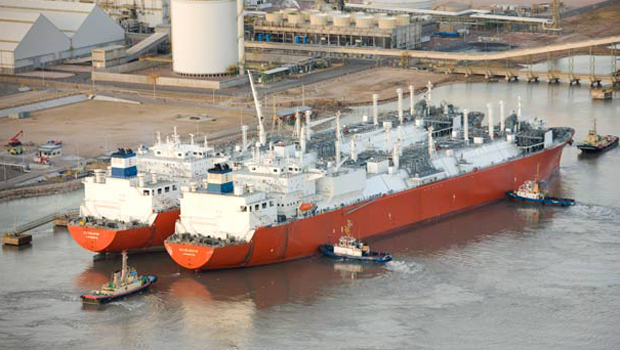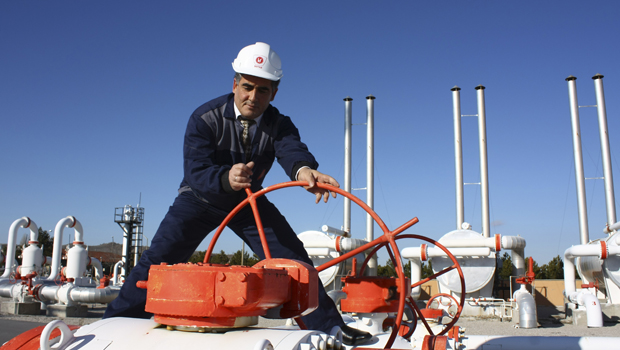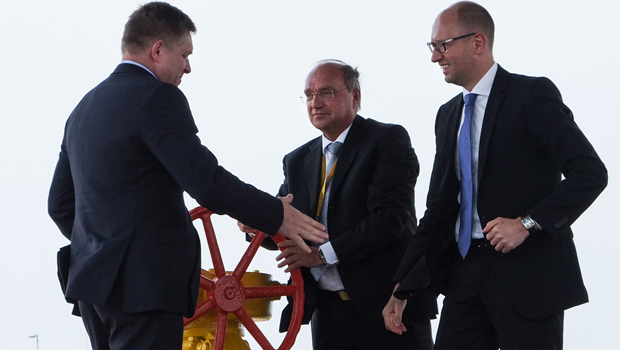The end of an era for Argentine LNG?
 Argentina’s Bahía Blanca LNG terminal. The country’s gas demand is becoming more moderate. (Enarsa)
Argentina’s Bahía Blanca LNG terminal. The country’s gas demand is becoming more moderate. (Enarsa)
Buenos Aires has relied on huge volumes of LNG to keep the lights on in Argentina over the past few years. However, there are signs that its demand could finally be weakening.
The country’s LNG imports fell by nearly 45% in the first quarter of 2015 compared with the same period in 2014, according to data supplied to Interfax by Houston-based IHS Waterborne. Is this the end of an era? Interfax spoke to Luciano Codeseira, chief of the Buenos Aires-based Codigo Energetico project and a former consultant to Argentina’s Energy Secretariat, about his expectations for the future of Argentine LNG imports.
Interfax: Why have Argentina’s LNG imports fallen so dramatically over the past few months?
Luciano Codeseira: The heatwave of 2014 [which lasted between December 2013 and March 2014] hammered the Argentine energy matrix. We saw an abnormal thermoelectric ‘cycle’ emerge, and it laid bare the shortcomings of Argentine energy policy.
But gas demand in Argentina in 2014 fell by 0.3% year on year, or approximately 450 thousand cubic metres per day [Mcm/d]. The decline was driven by a new tariff band in the residential sector, which reduced its consumption by around 1 million cubic metres per day [MMcm/d].
Meanwhile, power plant consumption, the main driver of demand during warm weather, was up [in 2014] by 200 Mcm/d year on year. This was despite lower consumption from the sector in Q4, which was much cooler than Q4 2013.
The third major component of Argentine gas demand, the country’s industrial sector, saw anaemic growth during the same period, and was unable to reach the levels of 2011.
These trends suggest a return to moderate gas demand in 2015. We have seen lower demand so far this year, and a year-on-year increase in Bolivian imports of more than 1.2 MMcm/d over the last 10 weeks. There has also been an increase in gas production from Argentine fields, particularly in associated gas from the Loma Campana shale prospect – which is the YPF-Chevron project – and in shale and tight gas from the heart of the Neuquén Basin. These have all contributed to lower LNG demand.
Argentina’s LNG imports in the first 10 weeks of 2015 were down by 2.2 MMcm/d. This is 37% less than the average of the first 10 weeks of both 2013 and 2014. We have also seen lower prices for LNG. This reduction in both volume and price has been favourable for public finances. The net effect is that the government has spent 58% less on LNG in 2015 than in the same periods of 2013 and 2014.
Interfax: What do you think is the Argentine government’s strategy for LNG in 2015-2016?
LC: In general terms, the government seems to be seeking a balance between more intensive development of the country’s gas deposits – Vaca Muerta in particular – and ‘correcting’ consumption levels with tariff increases.
According to my calculations, we could see LNG imports decrease by 29% in 2015 on a year-on-year basis. Imported volumes for 2016 could be up to 67% lower than 2014 levels. This is all in the context of moderate demand, slightly higher domestic supply and higher import volumes of Bolivian gas. And given that prices are significantly lower than last year’s levels, the spending on LNG imports will be much lower than the percentages quoted.
Despite this, it’s worth remembering that 2015 is a special year – when elections will dominate decisions over investment. It is likely decisions will be delayed as the market waits for more certainty and reliable medium- and long-term indicators [before making] the large investments that the industry requires. We may even see an increase in uncertainty heading towards 2016.
Interfax: Is this the end of Argentina’s era of high LNG demand?
LC: Argentina’s LNG requirements will depend on future market conditions. But I don’t think the country’s LNG dependence is coming to an end. However, if Argentina moderates its LNG imports, the fuel will no longer be its only way of meeting peak seasonal [power] demand.
Let’s consider a hypothetical scenario where we see the massive development of Vaca Muerta, in the same fashion as the United States’s shale gas boom. The surplus could be exported via pipelines and liquefaction trains. But right now, that is looking like a hazy and remote possibility because of global conditions.









